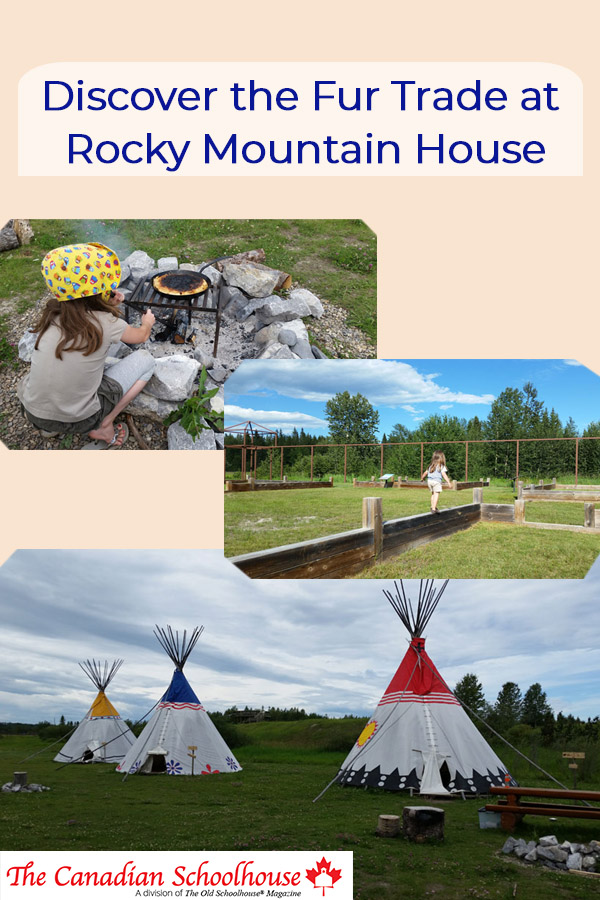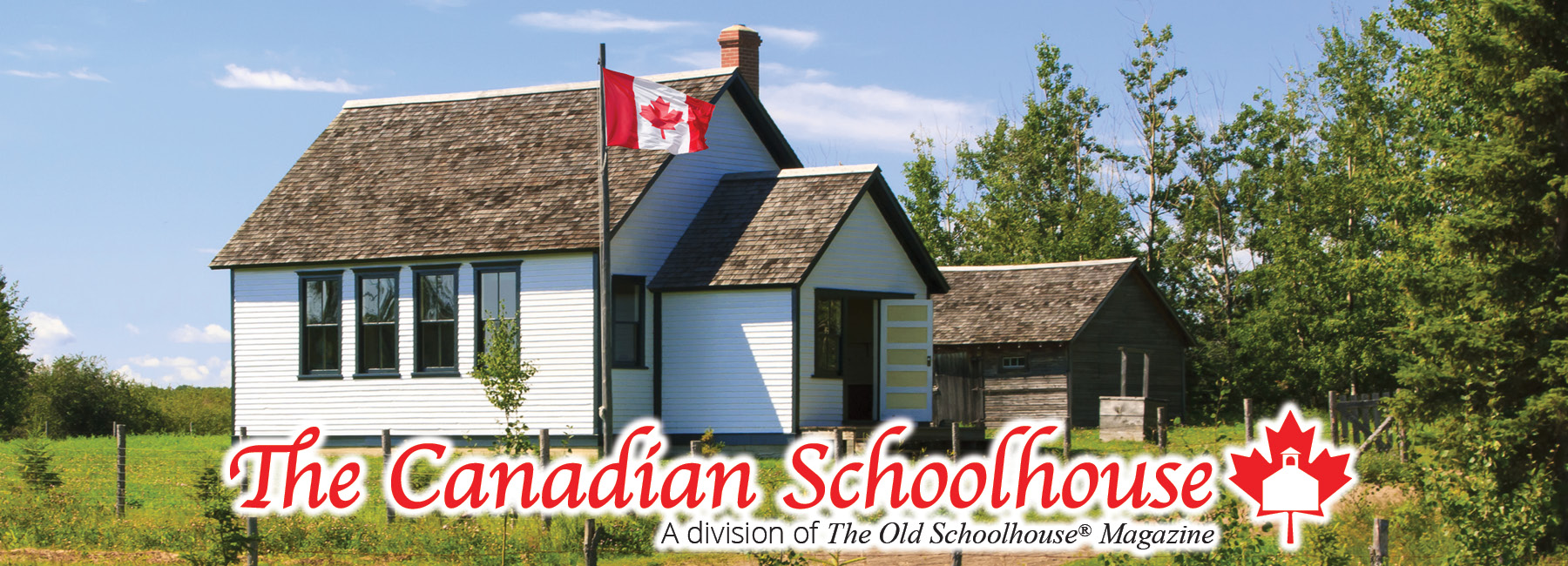
Rocky Mountain House, Alberta is deceptively named. There is no sign of the Rockies from this small town perched on the North Saskatchewan River. Located in Alberta’s foothills, it was a strategic fur trade post for the Hudson’s Bay Company and the North West Company. Today, it’s a beautiful place to explore and discover more about Canada’s history.
Rocky Mountain House was founded in 1799 when the North West Company and the Hudson’s Bay Company both sent men out to build forts and establish trade with the local tribes. From here, explorer David Thompson also set out on his quest to find a fur trade route over the Rockies to the Pacific. The archaeological remains of the forts can be found a few kilometers away from the town at Rocky Mountain House National Historic Site.
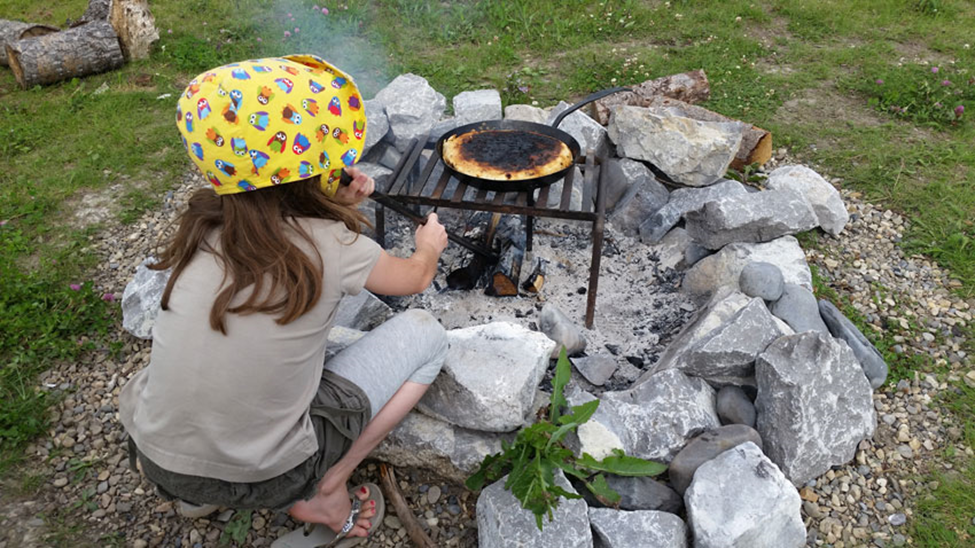
Driving up the road to the National Historic Site, you may see bison grazing in the paddock. The land is flat with lots of spruce and poplar trees. There’s an interpretive centre, Metis camp, York boat, play fort, tipis, and trails along the river to the various forts. Interpretive signs tell visitors more about the local flora and fauna, geography, and history.
The North West Company fort is now a grassy meadow with a few trenches and holes to show where the walls and buildings would have been. The Hudson’s Bay Company fort has been “outlined” with iron bars to mark the walls and wood boxes to mark where the buildings would have stood. The identities of the forts are a bit of guesswork. Current identifications are based on a comment in Alexander Henry’s journal about the HBC fort being on the flood plain and the NWC fort being on a hill.
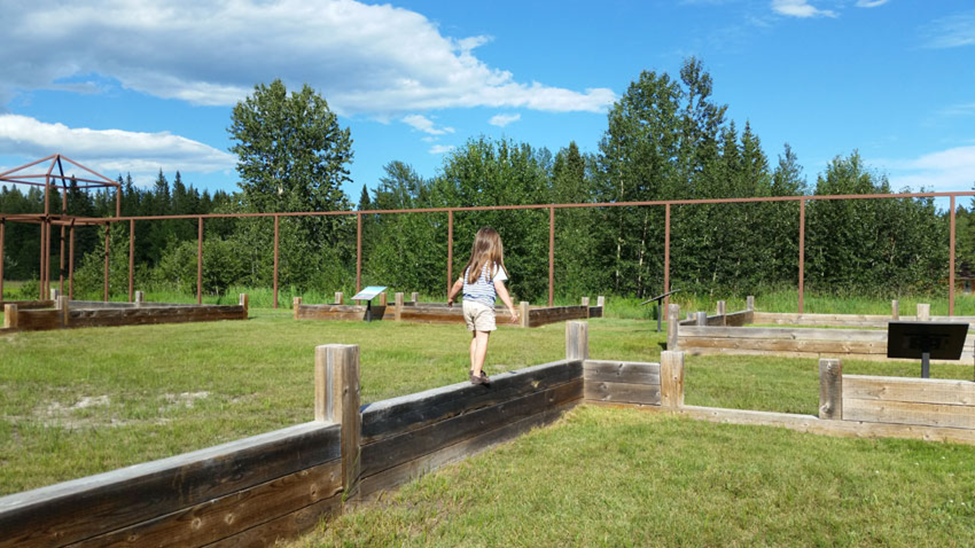
Along the trail to the forts are several places where you can stop and read or listen to more information on the forts and the people who lived there. Down by the HBC fort is an exhibit about north canoes and the routes fur traders would have taken to get furs and trade goods from Montreal to Rocky Mountain House.
In the interpretive centre, there’s a fur trade room, murals on the walls, mannequins showing what men and women of the fur trade would have worn, a birchbark canoe and a replica of David Thompson’s map, and a bust of Thompson’s wife Charlotte Small. There were also some interactive exhibits for the kids, including dress up clothes and a magnetic York boat that kids could “load” with barrels and fur trade supplies.
Heritage camping at Rocky Mountain House National Historic Site is an amazing experience. Campers have the choice of a tipi or a Metis tent. Either accommodation includes your shelter and mattresses, so you only need to bring your clothes and sleeping bags. You can also get a bannock kit to make bannock yourself over the fire.
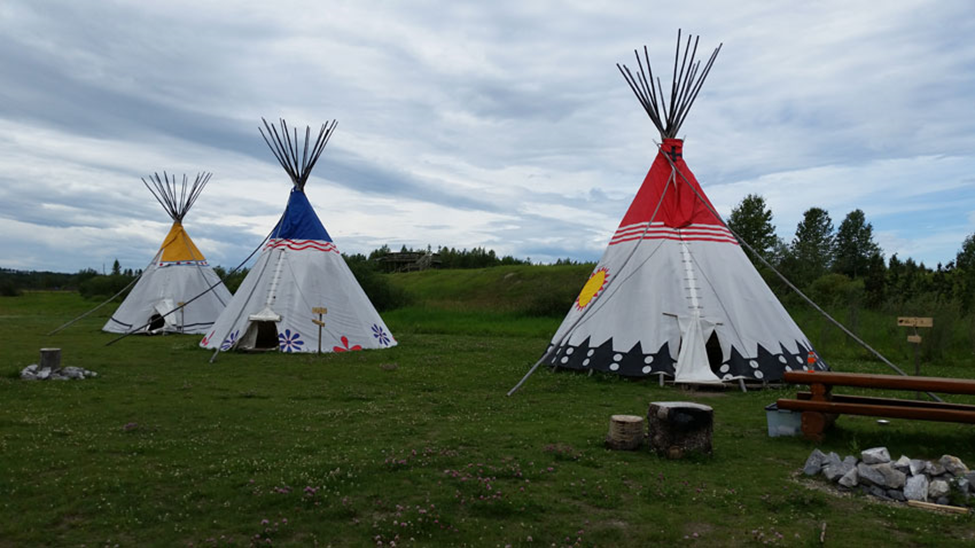
You can also take in a show about David Thompson in the kids’ fort. There may be other demos happening at the fort, such as bannock making. Camping there gives you more time to explore and just enjoy the local scenery and history.
If you want to explore more of the area’s history, check out On the Road with David Thompson by Joyce and Peter McCart. Part biography, part travel book, On the Road with David Thompson is one couple’s attempt to follow David Thompson across modern-day western Canada. Use their maps and information to follow some of the roads around Rocky Mountain House and see where David may have traveled two hundred years ago.
Don’t forget to take a few books along for the drive to Rocky Mountain House or to read in your tipi. My list of 100 Books for Canadian Tween Girls includes fun novels about various parts of Canada and Canadian history. Fiction is a great way to help kids get excited about our history as it places them within the story, invested in what happens next—and curious to know more!
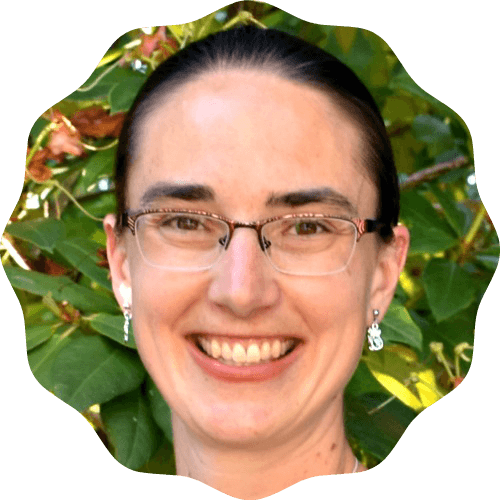 Bonnie Way is a stay-at-home mom living in Vancouver, BC, with five children ages 1 to 11. She has a Bachelor of Arts degree in English with a history minor and loves reading historical fiction. Bonnie enjoys downhill skiing in the winter and biking with her kids in the summer. When she’s not homeschooling, she can be found blogging as the Koala Mom.
Bonnie Way is a stay-at-home mom living in Vancouver, BC, with five children ages 1 to 11. She has a Bachelor of Arts degree in English with a history minor and loves reading historical fiction. Bonnie enjoys downhill skiing in the winter and biking with her kids in the summer. When she’s not homeschooling, she can be found blogging as the Koala Mom.
See her on Social Media:
